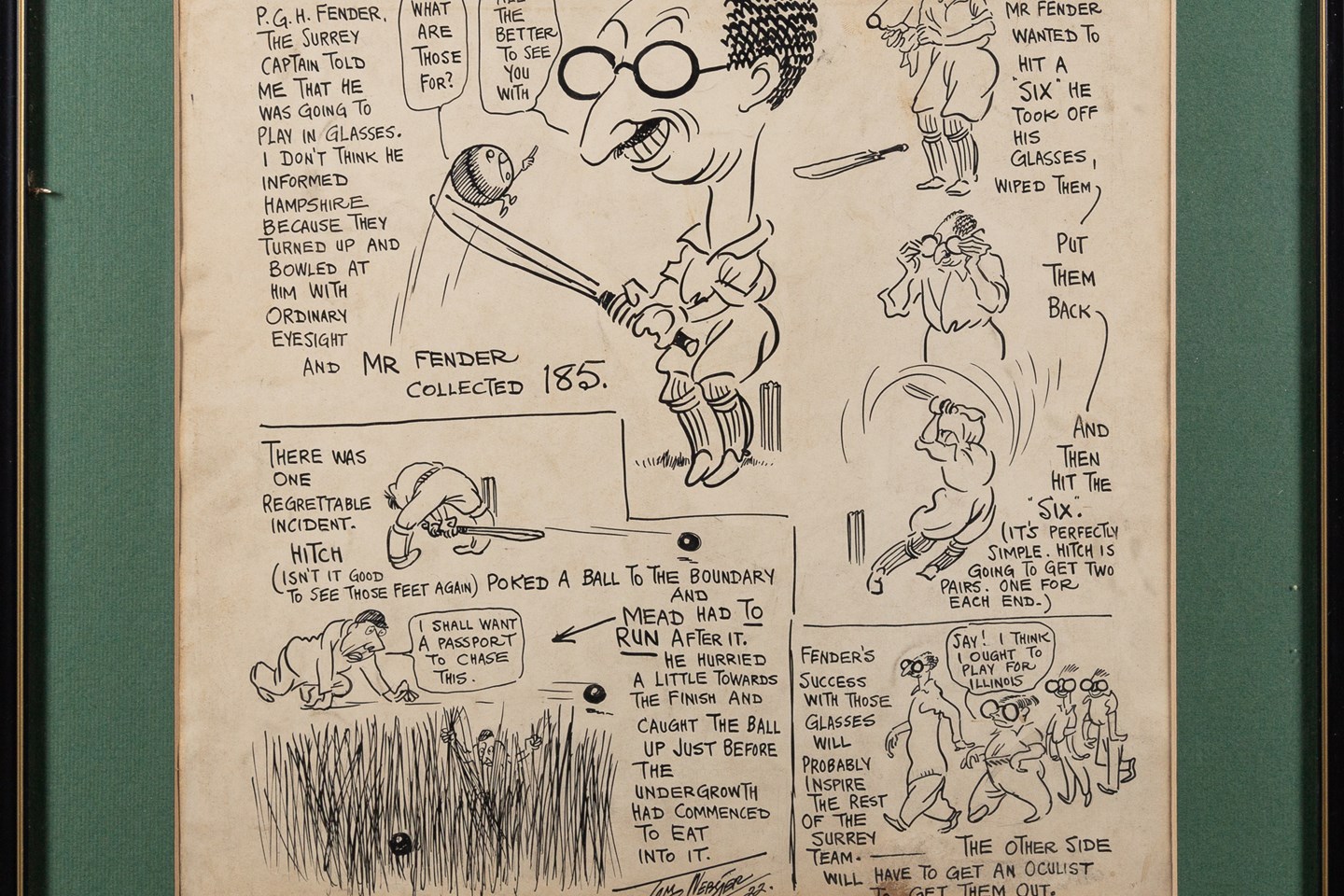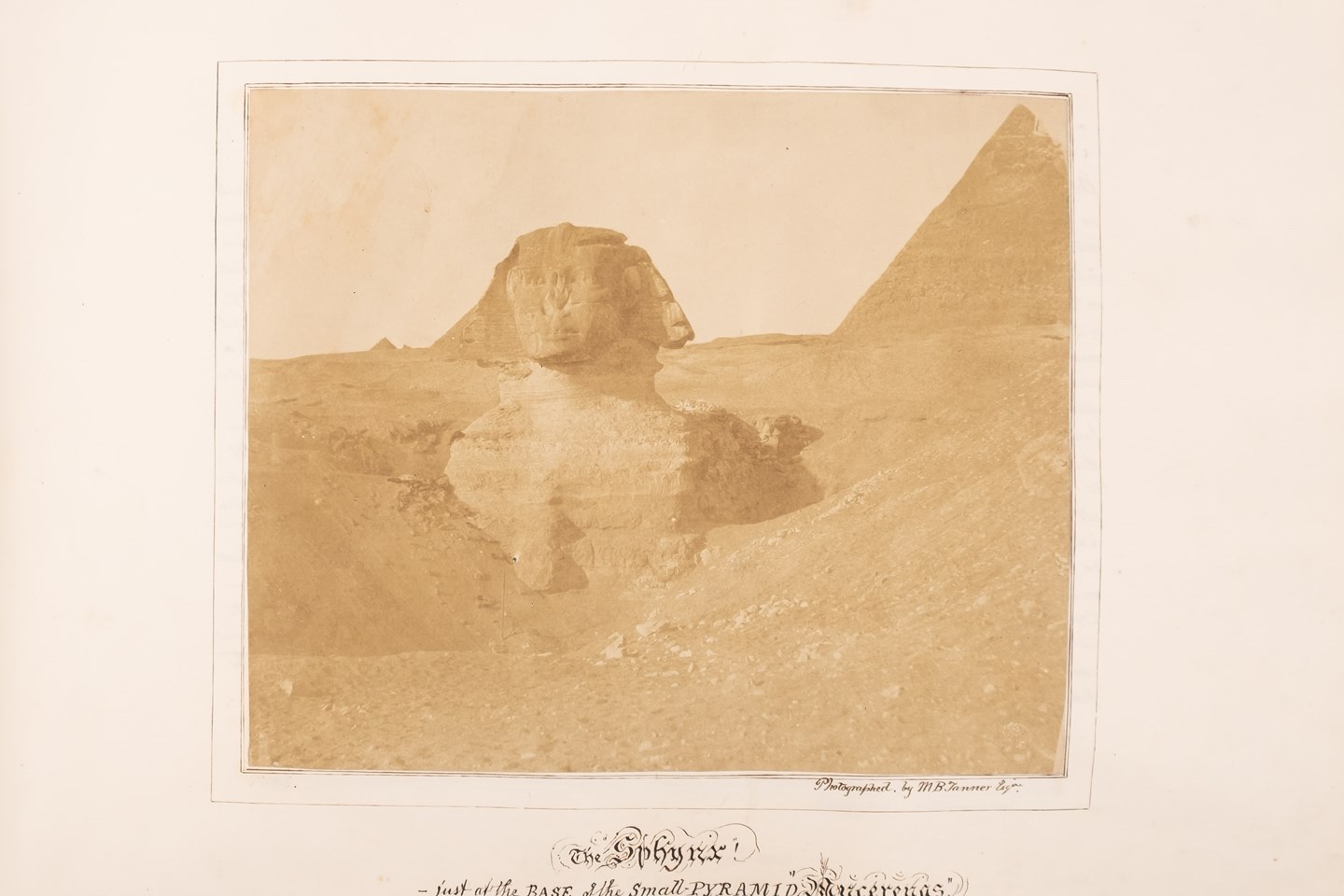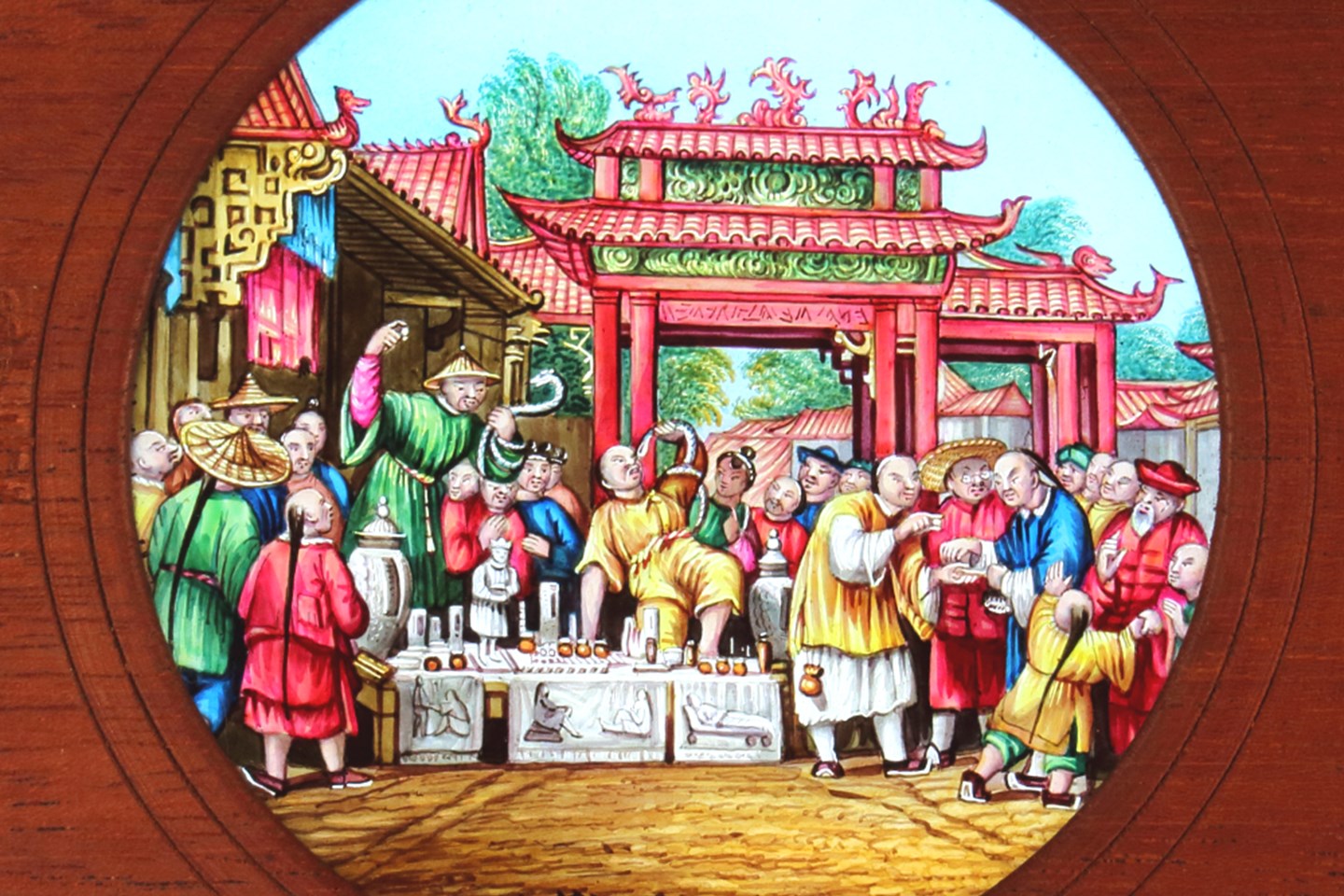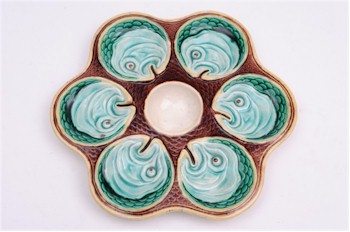
A Wedgwood Majolica Oyster Plate. (FS17/571).
Majolica (not to be confused with maiolica) was the invention of Herbert Minton and Leon Arnoux and was first exposed to public gaze during the 1851 Crystal Palace Great Exhibition.
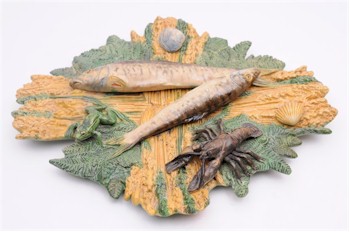
An Alfred Renoleau Palissay Ware Plaque (FS17/555) offered in our Three Day Fine Art Sale starting on 29th January 2013 at our salerooms in Exeter, a style which heavily influenced the development of Majolica pottery.
Brightly glazed, strongly and often naturalistically modelled with floral and fauna, it borrowed much from Continental Palissy Ware and perhaps also from 18th century Staffordshire potters like Whieldon.
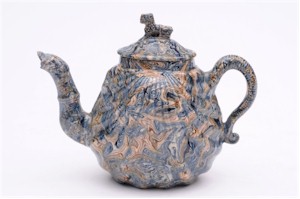
Staffordshire potters such as Whielden probably had an influence on the development of Majolica pottery, which can be seen when compared with this Staffordshire Solid Agate Teapot and Cover (FS17/564).
It proved to be an instant success and within a few years majolica was also being produced by Wedgwood and George Jones as well as a plethora of smaller manufactories and in France by Saint Clement, Massier and Sarraguemines.

A Minton majolica game pie dish, which will be auctioned as part of our three day fine sale on 29th/30th/31st January 2013 in Exeter, Devon. (FS17/559).
In the forthcoming ceramic section of the Fine Sale on 31st January 2013, there is a good cross section of archetypal pieces such as a Minton majolica game pie dish (lot FS17/559) and a Wedgwood majolica oyster dish. However, the more imaginative pieces are French in origin such as the Saint Honore chestnut basket (lot FS17/570) being a good example in this fine sale and the more dramatic Delphin Massier majolica bowl (lot FS17/563) modelled with fish and crabs amongst waves.
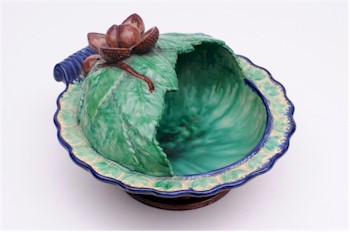
A St Honore pottery chestnut basket, which is archetypal of the majolica produced by manufactories in France. (FS17/570).
Like all ceramic innovations, majolica went through an arc of popularity reaching it's zenith during the High Victorian era of the 1860-70s, where many of the stunning architectural pieces and furnishing pieces were conceived.
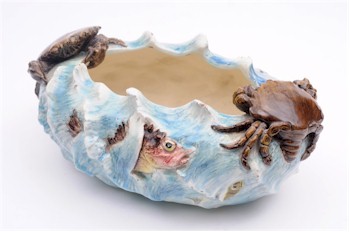
A Delphin Massier Majolica Bowl (FS17/563), being offered in our January 2013 Fine Sale, which will also be available live online for those who cannot be in the saleroom on the day.
It reached a ready market for more practical, but none the less decorative and well modelled items, such as stick stands, teapots and sardine boxes before falling foul of slip shod mass production and sloppy decoration in the last decade of the 19th century.
- Bearnes Hampton & Littlewood
- Fine Sale
- Ceramics
- Majolica
- Pottery Auctions
- Herbert Minton
- Leon Arnoux
- Continental Palissy Ware
- Whieldon
- Wedgwood
- George Jones
- Saint Clement
- Massier
- Sarraguemines
Majolica Pottery was written on Tuesday, 8th January 2013.








